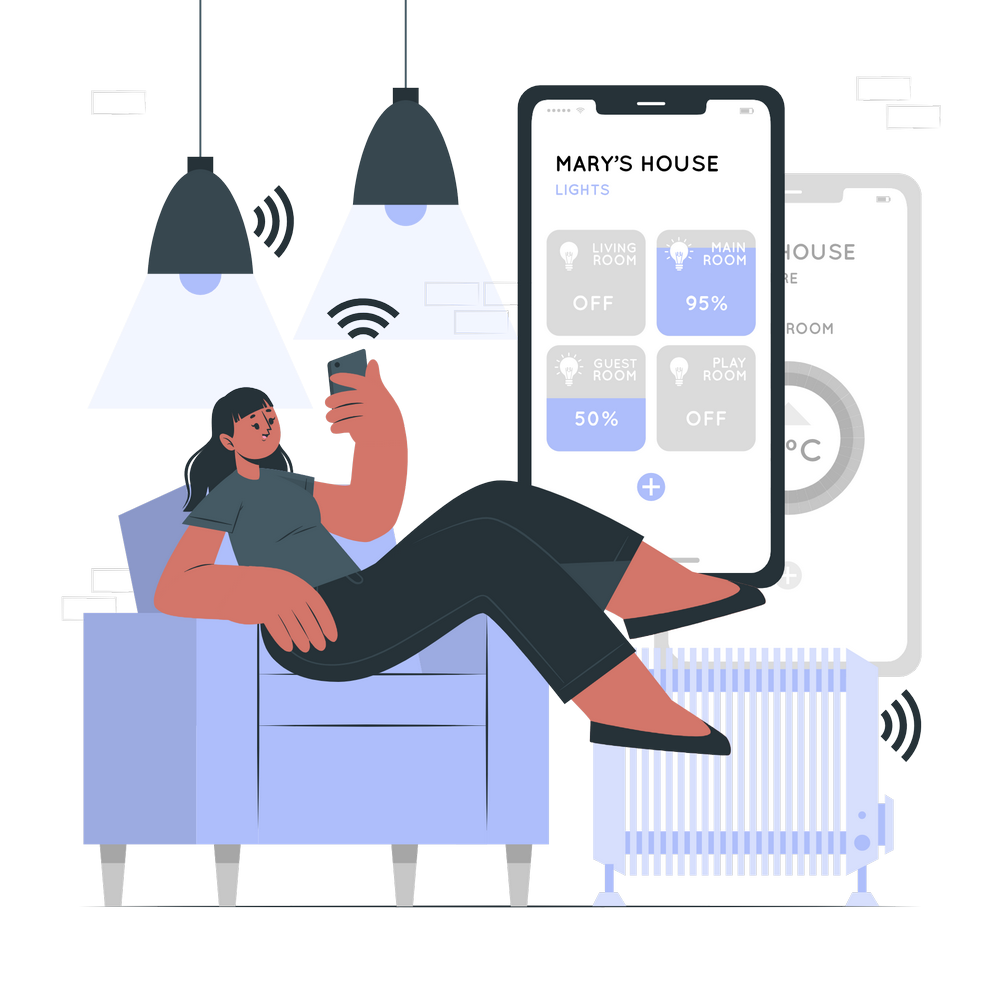Understanding Smart Switches and Their Importance
Smart switches replace traditional wall switches, allowing you to control lights and appliances through apps, voice assistants, or automation. Unlike smart bulbs, which replace individual bulbs, smart switches offer a centralized and convenient way to manage multiple lights.
How to Wire and Connect a Smart Switch
Proper wiring is essential for ensuring your smart switch functions correctly. Follow these steps for a successful installation:
Disclaimer: If you have no experience with electrical work, hire a qualified electrician. Your life is more precious than saving a few hundred dollars.
1. Turn Off Power: Shut off the breaker supplying power to the switch to ensure safety.
2. Remove the Existing Switch: Unscrew and pull out the old switch from the wall box.
3. Identify Wiring: Locate the live, load, neutral, and ground wires. If your home lacks a neutral wire, ensure you are using a compatible no-neutral switch.
4. Connect the Wires:
5. Secure and Test: Carefully place the switch back into the wall box, attach the faceplate, and restore power. Test functionality via the switch, app, or voice assistant integration.
Why Choose a Smart Switch?
Neutral Wires: Do You Need One?
Traditionally, most smart switches required a neutral wire to function because they need a constant power source. However, newer smart switches now work with or without a neutral wire.
Types of Smart Switches Based on Wiring Needs
To ensure seamless connectivity and performance for your smart home, your Wi-Fi network should meet the following requirements:
Neutral-Required Smart Switches
No-Neutral Smart Switches
How to Check If You Have a Neutral Wire
Smart Switch Types & Compatibility
When selecting a smart switch, consider your home’s wiring setup and light control needs.
Gang Switches (1, 2, 3 or 4 Gang)
Dimmer Switches
Touch Switches
Portable Scene Switches
Pro Tip
Always switch off power from the circuit breaker before handling wiring. Use a test pen to check for any live electricity. Consider wearing gloves or shoes for insulation to prevent electric shocks.


